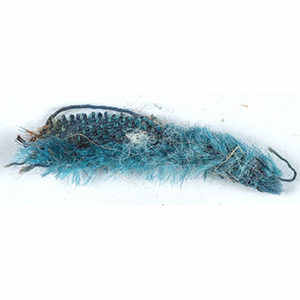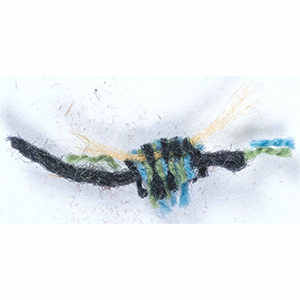“Spring-loaded” Technology and Victorian Furniture
Winterthur’s historic rooms are filled with chairs, but none like this. Evoking “centripetal force” (a circular motion propelled from a central axis) the centripetal chair and its groundbreaking design were all about movement. The innovation lies in the circular springs at the base, patented by Thomas Elmer Warren (1808-1875) in 1849. These springs, made of steel, allowed the sitter to recline and tilt. The American Chair Company of Troy, New York, which was in business from 1829 to 1858, produced centripetal chairs beginning in 1850.
This is not a chair H.F. du Pont would have chosen for one of his rooms. Nevertheless, it is an important addition to the Winterthur collection. For students of American design and history, it teaches a great deal about innovations in Victorian furniture design, advancements in industrial manufacture and materials, and even the evolution of our idea of comfort. The next time you lean back in your office chair or recliner, remember the revolutionary centripetal chair.
Centripetal armchair
American Chair Company
Troy, New York; ca. 1850
Iron, steel, maple
Museum purchase with funds provided by the Henry Francis du Pont Collectors Circle 2015.18
Conserving the Centripetal Chair
Winterthur’s Conservation Department plays a crucial role in the lives of new accessions. Some items, like the centripetal chair, must be restored to an appearance that more accurately reflects their history. When this chair arrived at Winterthur, it was covered in a historically inaccurate modern floral fabric (fig. 1). Furniture Conservator Mark Anderson removed that material and conducted a thorough examination for remnants of the original upholstery.
He found evidence of colorful materials that would have been fashionable in the 1850s. Traces of paint indicate that the cast-iron body was once green (fig. 2). Anderson also found several layers of upholstery, including the red velvet still visible on the headrest. Under the red were hints of the original upholstery, once a vibrant teal (fig. 3). Finally, he found that the seat and back were once edged with a multicolor black, green, blue, and yellow braid (fig. 4). By stripping the centripetal chair down “to the springs,” we now have a better idea about how it was intended to look.












